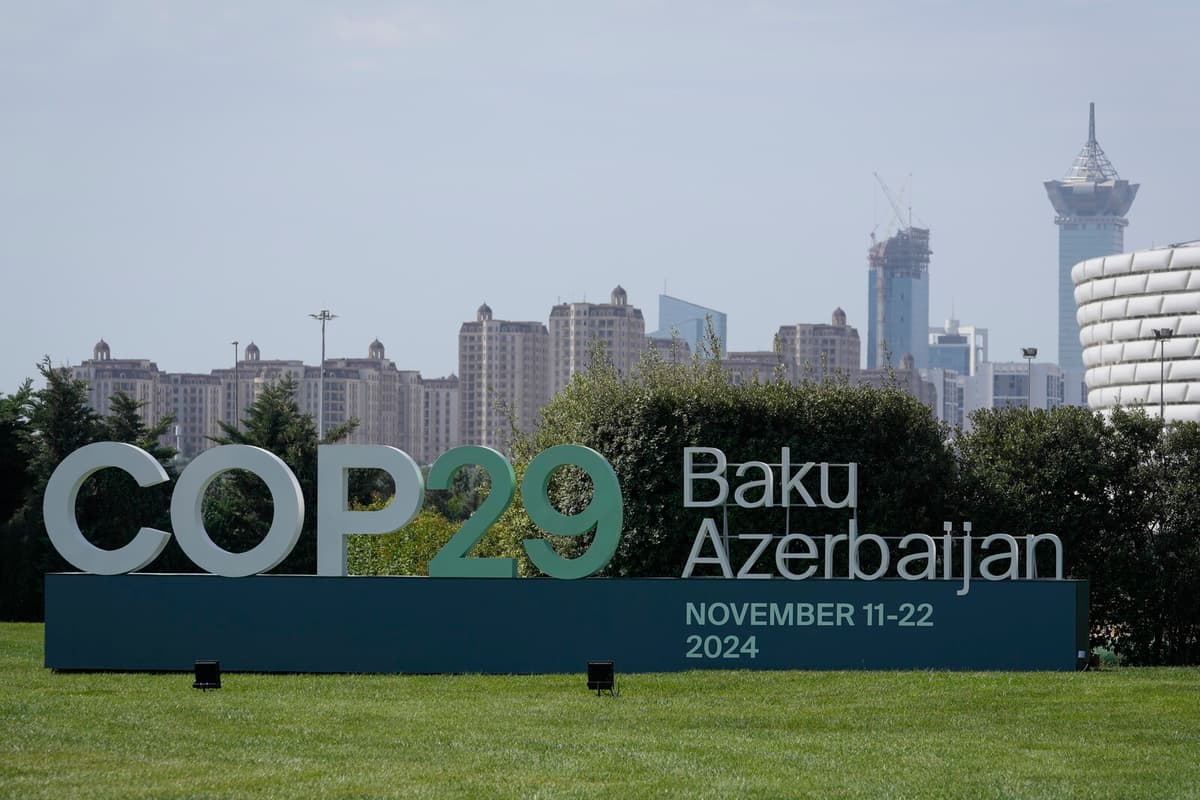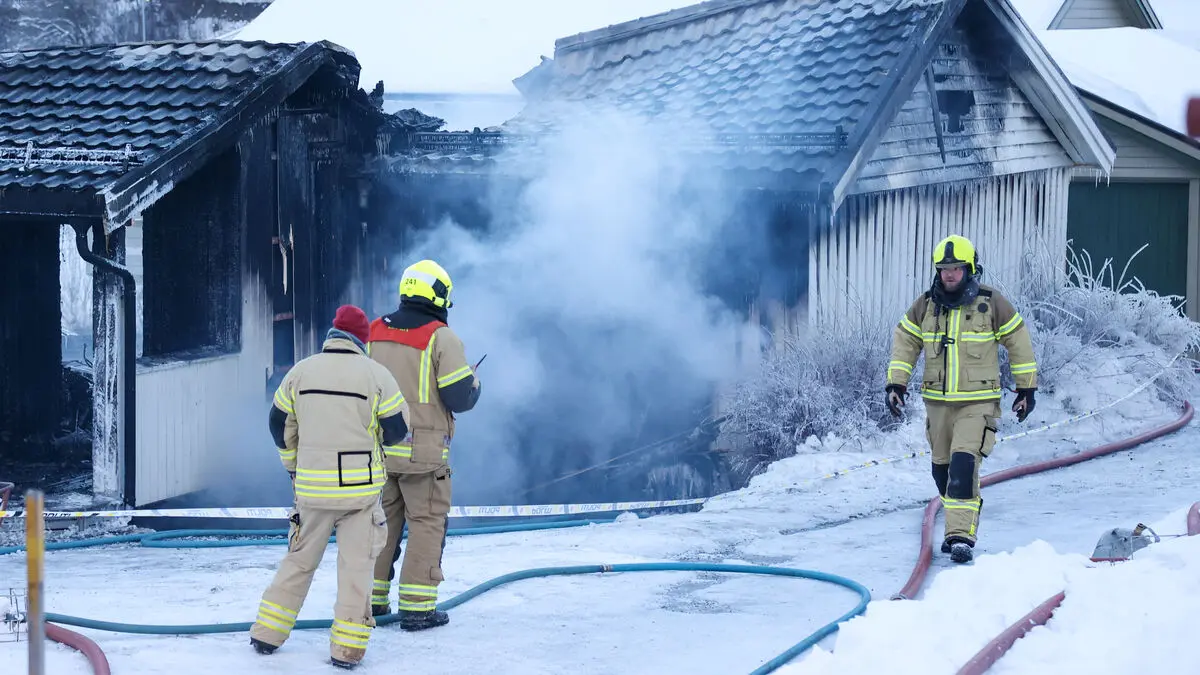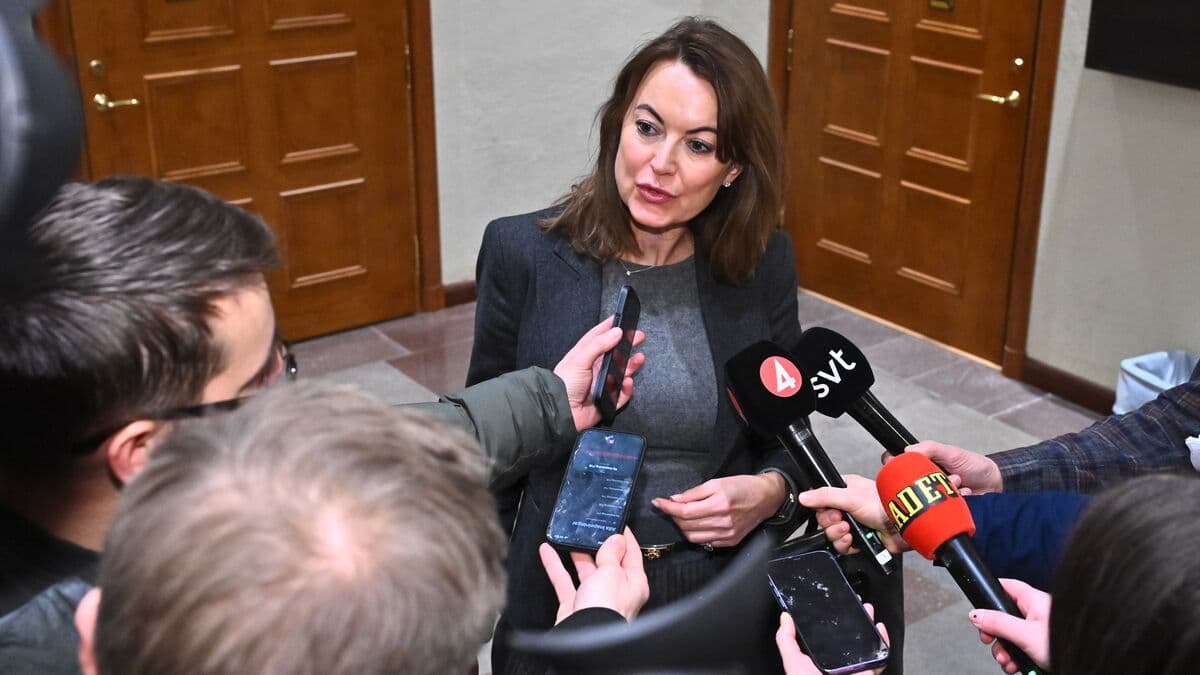What should be agreed upon at COP29?
The emissions of greenhouse gases must decrease. This is something the world's countries agree on. They also agree that developed countries should help developing countries to finance the transition.
At this year's UN meeting in Azerbaijani Baku, financing is in focus. A agreement on a joint collection goal is looming, abbreviated as NCQG in UN language.
What should the money be used for?
+ The money can be used to reduce or prevent emissions, for example by building environmentally friendly power plants, buying in electric vehicles or preserving forests.
+ Building resilience. This can involve warning systems, coastal protection or more stable buildings and infrastructure.
+ Damages and losses. Covering losses and damages caused or exacerbated by climate change, such as rising water levels, heatwaves, droughts and hurricanes. (There is a separate mechanism for this that was adopted in 2022).
What do countries disagree on?
Everything, says Katherine Browne, climate researcher at the Stockholm Environment Institute, with a laugh, and continues:
The biggest question is how large the figure will be. Right now, they are agreed on 100 billion (dollars) annually. There is a chance it could be ten times as high.
Which countries should contribute?
The basic idea is that developed countries, which have benefited from industrialization and its carbon dioxide emissions to create prosperity, should help developing countries that are expected to be hit hardest and have not contributed as much to global warming.
But the list of countries that should contribute was cobbled together in 1992. Therefore, countries like China, India, Saudi Arabia, Brazil and the United Arab Emirates are considered recipient countries.
The rich countries argue that the political and economic reality has changed so that these countries should contribute with money, rather than receive it. But the designated countries do not want to do that, says Browne.
How much money might be needed?
It's staggering sums that will be needed for the climate transition going forward. Already now, it's estimated to be at least 1 billion dollars, i.e. a thousand billion. Sweden had a gross national income of 650 billion dollars last year, for comparison.
A billion sounds like an enormous amount, but it's actually the same amount that was spent on subsidizing fossil fuels in 2022, according to the IEA.
What happens if the money doesn't come?
Developing countries have conditional emission reductions, so-called NDCs, up to 2030. These are simply projects they want to do – but which require money. The plans will be updated in February.
If we don't reach an agreement, we'll have less ambitious NDCs, and that means more global warming, says Browne.
The countries that contribute to climate financing, the so-called Annex II participants, are:
Australia, Belgium, Denmark, EU, Finland, France, Germany, Greece, Iceland, Ireland, Italy, Japan, Canada, Luxembourg, Netherlands, New Zealand, Norway, Portugal, Spain, Sweden, Switzerland, United Kingdom, USA and Austria.
It's difficult to estimate how large the costs will be to reduce emissions, adapt to climate change and also pay for the damages and losses that will occur.
Conservative estimates point to a billion dollars annually that developing countries would need.
But if emissions continue to increase, the costs will too. An estimate commissioned by the UN found that developing countries, excluding China, will need 2.4 billion dollars annually in climate financing from 2030.






